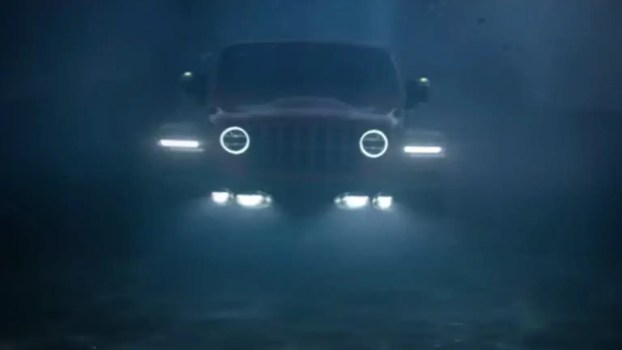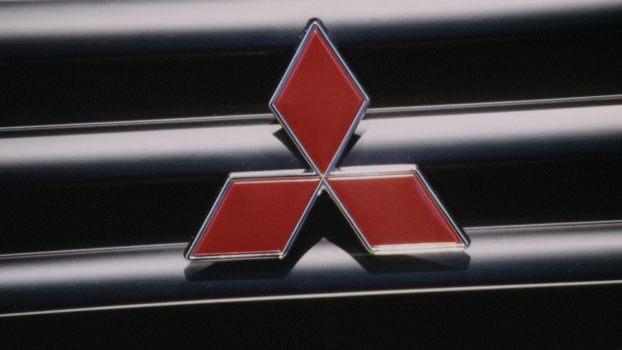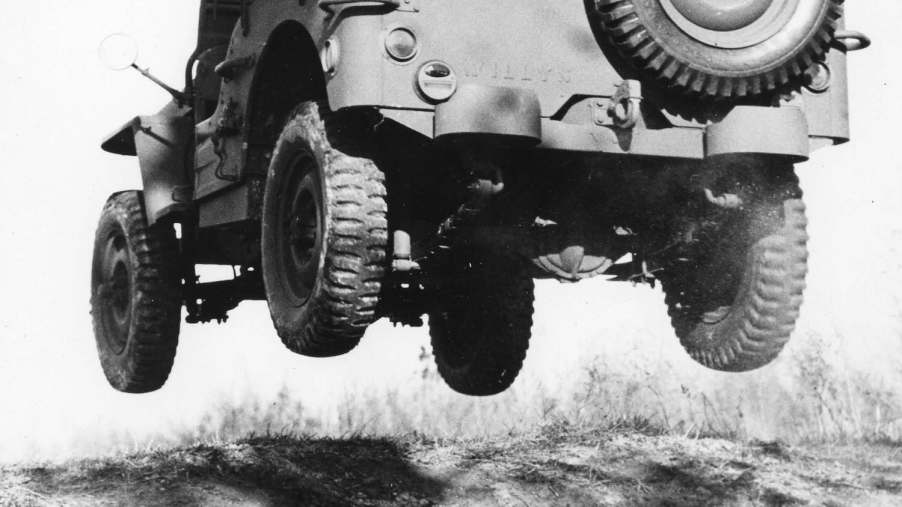
Meet the Mighty Mite: A 1,700-Pound Amphibious Military Jeep With a Porsche Motor and Aluminum Body, Engineered by a Race Car Driver, and Used by the Marines
The Willys’ Jeep is an American icon and was instrumental in winning WWII. But there’s a rumor that it failed its first test, missing nearly every spec the Army named for its lightweight 4WD. See, the military hoped for a tiny vehicle with a tight turning radius that could be dropped via glider. This would have been much more akin to a modern side-by-side and was not something Detroit had the technology to mass-produce in 1940. But in 1951, a pilot, race car driver, and self-taught engineer named Ben F. Gregory built what Detroit could not: a 1,700-pound Jeep prototype called the Mighty Mite. And the USMC bought it on the spot.
The failure of the Willys Jeep
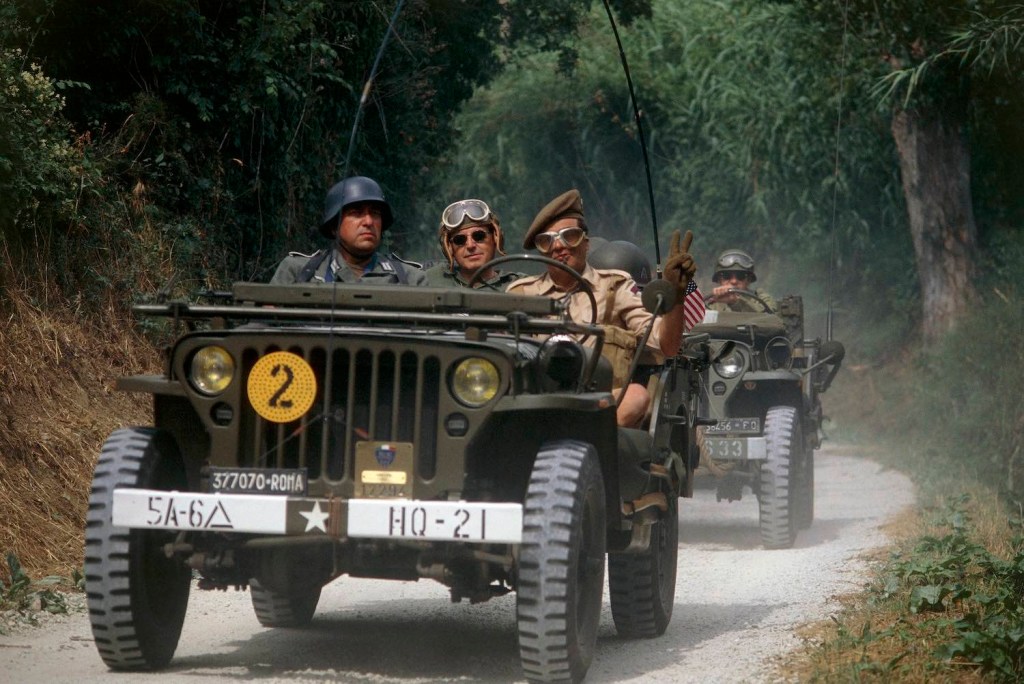
It’s hard even to write that heading because by most measures, the Willys Jeep was a massive success. This quarter-ton “light reconnaissance” 4WD vehicle was agile and capable. Ford and Kaiser built so many that the entire Allied Army could keep up with the lightning-quick (blitzkrieg capable) German military’s retreat across Europe. But the Army’s original plan looked a little different.
The Army wanted an agile and lightweight vehicle to navigate what was left of Europe’s roads. But they originally asked Detroit to build something under 2,000 pounds so they could load it on the gliders they used for the Normandy invasion.
With war in Europe looming, the powers of Detroit didn’t compete over the contract. Instead, they collaborated. But even with Ford and Kaiser combining their engineering might, they couldn’t figure out how to mass produce such a small off-roader. Instead, the Willys-Overland company presented a 2,400-pound General-Purpose “Quad” to the Army. The rest, as they say, is history.
Meet the M422 Mighty Mite
Ben F. Gregory was a race car driver hailing from Missouri. He was also a self-taught engineer who experimented with front-wheel-drive car designs before WWII. He also became a pilot. But after healing from a 1942 crash, he worked as an aircraft inspector instead.
After WWII, Gregory tackled the challenge of building a Jeep so light that a military helicopter could airlift it into combat zones. The result was like nothing else. It looked like an aluminum-bodied Jeep shortened to a 71-inch wheelbase. It was also the first military vehicle with front and rear independent suspension, limited slip differentials, and inboard brakes. Gregory saved weight with a flat-four engine borrowed from the Porsche 356. He even engineered the vehicle’s channeled frame rails to double as its exhaust pipes to reduce the number of parts.
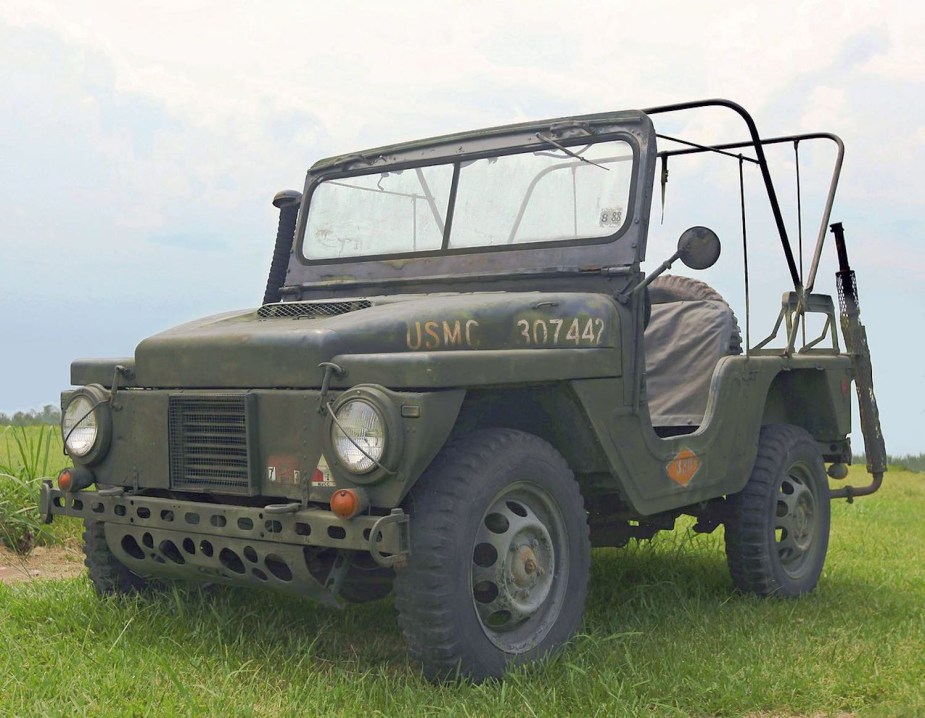
In 1951, Gregory showed the working mini Jeep to the USMC, and its Equipment Board ordered 10 test vehicles by August of that year. Gregory’s investors formed the Mid-America Research Corporation (MARCO) to produce the vehicle. MARCO hired the design team of the original Willys Jeep and forced Gregory out of the company.
The Mighty Mite took a decade too long
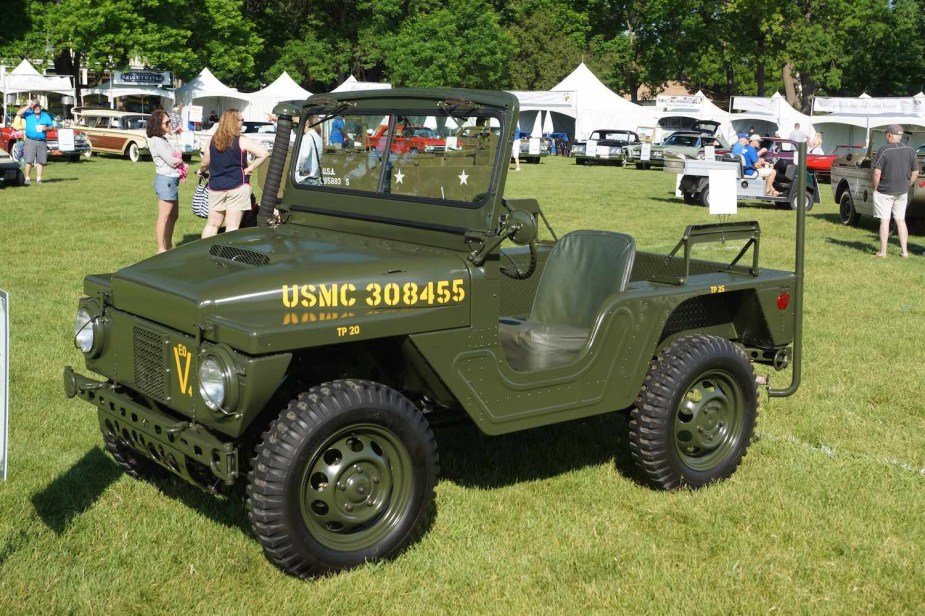
MARCO built test Jeeps and sent them to the USMC, which eventually ordered thousands of units. But not before a decade of back-and-fourth, during which MARCO changed several design aspects.
The military required Marco to swap to a U.S.-engineered power plant. The American Motor Company (AMC) decided the Mighty Mite was a good use of its existing V4 engine and would be perfect for a plant it had acquired when it bought Hudson. As a result, AMC completely took over the project.
The Mighty Mite (eventually becoming just the M422) shipped with several unique features. It had snorkels for fording water. And its engineers even developed huge flotation bags that soldiers could rapidly fill from its tailpipe to make it amphibious. But another advancement in military technology doomed the project forever.
The Mighty Mite’s 1,700-pound weight was critical if the USMC was to airdrop it with its Sikorsky H-19 helicopter. But during the Mighty Mite’s decade-long development, the USMC upgraded to the UH-1 “Huey” which could carry 1.5 times as much. In mid-production, the Mighty Mite’s designers rolled out a 71-inch wheelbase variant (the M4222A1), hoping to compete with the regular Jeep. But the Mighty Mite’s high cost doomed it to failure, and the USMC bought just 4,000 units from AMC before AMC canceled production.
Even though MARCO and Gregory were left high and dry by the failed project, AMC eventually got its Jeep. AMC bought the Jeep brand in 1970 and took over CJ production until it merged with Chrysler Corporation 15 years later.
Next, find out whether Jeep was named after a cartoon character, or see the Mighty Mite off-road in the video below:

